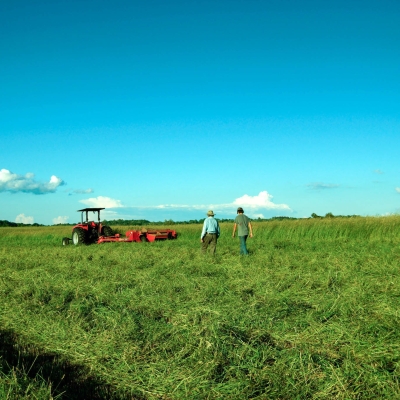Many varieties, cooking methods and delicious recipes
The pulp of squash and pumpkins can be used to prepare a variety of delicious, healthy foods. The seeds can be roasted and eaten. You can boil, steam, bake, or microwave squash or pumpkin.
Below you will find helpful tips for storing and cooking squash; see our Pumpkin Recipe pages for a variety of delicious and nutritious dishes.
Winter Squash Storage
Keep whole winter squash, with the stem attached, in a cool, dry, well-ventilated place. Temperatures between 45º and 50º F are best, such as an unheated basement.
To keep squash for several months, be sure squash is fully mature with a hard skin. If any have a bruised spot, cook those first instead of placing them into storage.
If you don’t have room to keep squash over the winter months, plan to freeze some. To freeze, cook the squash following one of the methods below; cool; scoop squash from its skin; place into a freezer bag or container; and freeze
Nutrition and Health
Winter squash and pumpkins are some of the most nutritious vegetables you can eat. They are very high in vitamin A and potassium, and low in fat and sodium. One-half cup of cooked winter squash or pumpkin only has 40 to 60 calories, about the same calorie count as a slice of whole wheat bread or a small apple. Roasted squash and pumpkin seeds are a good source of fiber and are high in iron. Eating vegetables high in carotene may help lower cancer risks. Take advantage of nutritious winter squash in season, and buy extra to store or freeze.
General Cooking Methods
To Steam
Wash the squash. Cut off the stem. Cut in half, using a heavy-duty, sharp knife. Remove the seeds and fibers. Cut squash into smaller pieces. Place your squash in a metal steaming basket or colander. In a large pan, bring at least two inches of water to boil. Place the basket with the vegetables into the pan over the boiling water. Cover tightly. Lower the temperature, but make sure the water continues to bubble. Steam for about half an hour until the squash is tender. When the squash is cooked, scoop out the pulp from the skin.
Another method, often used for butternut squash, is that you may also peel the squash before cooking, cut it into 2–inch cubes, and steam.
To Microwave
Squash cooks quickly in the microwave. For small squash such as acorn, cut in half lengthwise. Scoop out the seeds and fibers. Place cut side down on a microwave-safe plate. Pierce skin in a couple of places with a fork. Cover with plastic wrap and place in the microwave oven. Microwave at high power 5 to 8 minutes per half. Let it stand, covered, for about 8 minutes more.
For larger squash and pumpkins, cut into individual portion sizes. Arrange the cut side down on a microwave-safe dish. Cover with plastic wrap or waxed paper. Cook 3 to 4 1/2 minutes per piece. After half the cooking time has passed, rotate the dish so that the squash cooks evenly. Let it stand, covered, for 5 minutes.
To Bake
Cook your squash with or without the skin, though it’s easier to leave the skin on and remove the pulp after the squash is cooked.
Wash the whole squash. Cut into halves or serving-size pieces. Remove seeds and fibers. Place cut side down in a shallow baking dish. Add a small amount of water to the bottom of the dish (about 1⁄4 inch). Cover with aluminum foil and cook until almost tender, about 35 minutes, at 400F. Uncover. Lower heat to 350F. Turn pieces over so the cut side is up. Season to taste or simply continue baking, uncovered, for another 25 to 30 minutes. Serve cooked squash as is, or scoop the squash out of the skin, and then mash and season.
Explore our squash and pumpkin recipes for more great cooking ideas.



